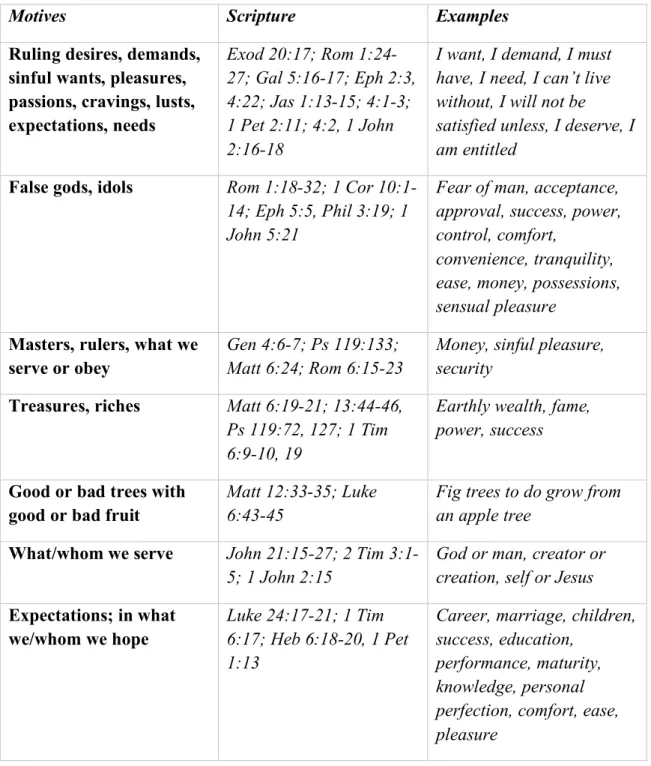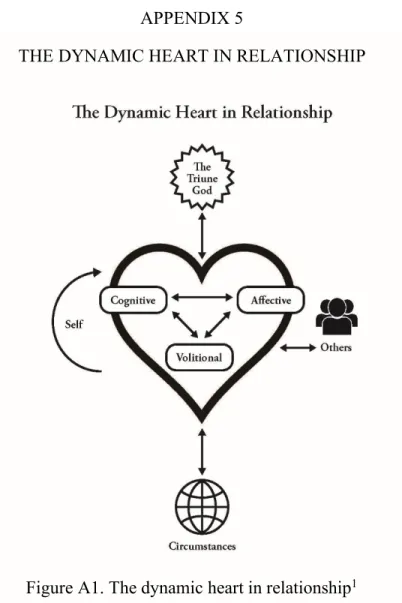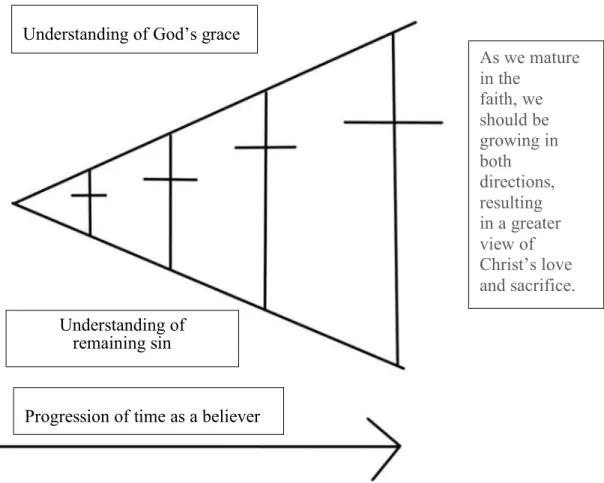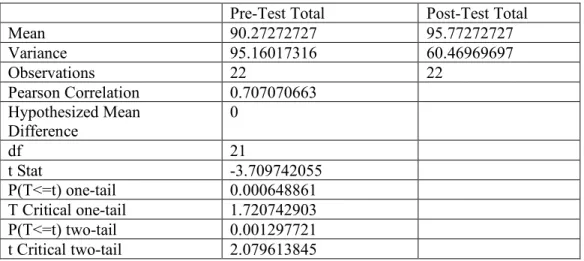Lilit, thank you for reading and re-reading every chapter of this project and encouraging me along the way. Your example of humility and love for God's word encourages me in my walk with the Lord.
INTRODUCTION
John Street says, "God's inspired and infallible word is the only authoritative source by which we can know absolute truth. Biblical counseling does not ignore the effect of one's nature or upbringing, but rather sees a more important influence on behavior that comes out of the heart.3 The Bible uses the term heart to describe a person's true self (Prov. 23:7). Paul says that the old things have “passed away.” The verb παρῆλθεν is in the aorist tense and denotes a time in the past.
Paul explains that "the desires of the flesh are against the Spirit" and "the desires of the Spirit are against the flesh." Schreiner says, "A great battle is waged in the hearts of believers."43 Paul goes on to explain this great opposition, the desires of the flesh being opposed to the desires of the Spirit. Moo explains that the conjunction is important: "The conjunction ἵνα usually indicates purpose, 'in order to.'" Moo helpfully explains: "The crucifixion of the flesh does not mean that it is totally destroyed, but that it is definitively judged and its power decisively broken."54 This is important because in the already-not-yet experience of sanctification, the believer is not fighting for the victory, but from the victory.
56 Schreiner puts it this way: “The death of the flesh does not mean that believers do not feel the pull of carnal desires (5:17). 14 Kevin Carson, "The Richness and Relevance of Gods Word," in Kellemen and Forrey, Writings and Counseling, 33. 20 David Powlison, "The Sufficiency of Scripture to Diagnose and Cure Souls," Journal of Biblical Counseling 23, no.
30 Robert Jones, "The Christ-Centeredness of Biblical Counseling," in Kellemen en Forrey, Scripture and Counseling, 114.
Introduction—What Is Biblical Counseling? Is Biblical Counseling?
I gave a diagram of the differences between biblical counseling and other models of counseling.4 First I explained the biblical. I explained that the purpose of the course was lifelong growth and change to reflect Christlikeness in people's beliefs, thoughts, desires, words, feelings and actions through an active dynamic relationship with Jesus. As homework, I asked them to read Edward Welch's article, "What Is Biblical Counseling, Anyway?"5 I also asked them to think about this question for their lives: "Identify a specific area in your life where you believe God wants to change you.”.
The Bible and Counseling
I explained that this distinction is important because one's source of knowledge will influence his or her understanding of the nature of the problem, the solution, and the goals. Addressing one's sources of knowledge led to discussions about Scripture for the rest of the class, including how the Bible is unique, sufficient for biblical counseling, and can help people understand themselves. I talked about how the Bible is unique because it is inspired by God, which means that God used human instruments to speak his Word (2 Tim Pet 1:3).
I explained that since the Bible is inspired by God, the Bible is reliable, inerrant, and inerrant (Ps 19:7-14). I summarized the sufficiency of Scripture with the term framework to help the class understand that the Bible is sufficient, not exhaustive. The class did an exercise on Genesis 3:1-7 and discussed how the Bible describes the motives of Eve's heart.
The Centrality of the Heart, Part 1 of the Heart, Part 1
For homework I asked them to read David Powlison's article "The Sufficiency of Scripture to Diagnose and Cure Souls".7 I also asked them to consider how the Scriptures speak to the problem areas of their lives and the motives of their hearts public. I showed from Scripture that it all comes from the heart (Mark 8:17; Ps 37:4; Acts 5:4).9 The diagram was also used to show how all these functions are interrelated. The first was Mark 7:14-23, and the main point was that the heart is the source of behavior.
The second text was James 4:1-14, and the main point was that the heart guides behavior. I asked them if their desire for something was good or bad, and then asked them how they reacted when their desires were not fulfilled. For homework, I asked them to read Michael Emlet's article, “Understanding the Influence on the Human Heart.”10 I also asked them to think about what their problem area reveals about what is inside their heart (thoughts, desires, and choices ).
The Centrality of the Heart, Part 2 of the Heart, Part 2
I began the lesson by posing a question: "Why do I struggle with sin?" I explained that this question could be asked, "If I am a new creature in Christ, why do I still struggle with sin?" I explained that the young heart still needs renewal, which does not end until heaven. I then explained that if I came over and grabbed the other end and we both pulled, there would be a tension. I explained that a believer has the Holy Spirit and that there is opposition in the heart.
I explained that believers are called to dependence on God by walking by the Spirit, being led by the Spirit, living by the Spirit, and keeping pace with the Spirit. I also explained that no one can change their own heart, since the Spirit changes the heart. As homework, I asked them to read David Powlison's article, "How Does Sanctification Work (Part 1)."11 I also asked them to consider how the tension of the already-not-yet experience helps them think about remaining sin in their hearts .
The Gospel and Sin
I reminded them that sin entered the world in Genesis 3 and that the nature of sin has been inherited by every man (Romans 5:12). I also reminded them that people sin both vertically (against God) and horizontally (against each other). I shared a diagram to explain that as time progresses, a believer becomes aware of both God's grace and remaining sin.12 As believers mature in faith, they should grow in both directions, resulting in a greater view of Christ's love and victim.
I wanted them to see that imperatives derive from indicatives; that they help inform believers with the proper motivations to live by their faith. I concluded the lesson by reminding them that gospel truths help believers with residual sin. For homework, I asked them to read David Poulison's article, “How Sanctification Works (Part 2).”14 I also asked them to consider how the gospel's pointers and imperatives address the problem area in their lives.
The Gospel and Suffering
I explained that the disciples thought that the man's parents had sinned, causing him to be born blind. After discussing the images of suffering in the Bible, I talked about how the implications of the gospel help believers deal with suffering. I explained that suffering can be used to bring us closer to Christ or to push us away from Christ.
At the same time, suffering does not nullify God's promises, and the gospel must be exalted. I said that all men will suffer in this life, that the truths of the gospel offer hope for temporal suffering, and that suffering is a tool that the Lord can use to reveal hearts and draw believers to dependence on Him. For homework, I asked them to read David Powlison's article, "How Does Sanctification Work (Part 3)."15 I also asked them to consider how the problem areas in their lives included suffering and think about how God can use it to change them and deepen their trust in him.
The Priority of Addressing the Heart Addressing the Heart
I reminded them that the heart is always active: thoughts, beliefs, desires, motives, words, emotions and actions. I used Pierre's diagram of the "dynamic heart in relationship" to explain how the heart responds to those around it (God, others, itself, and circumstances).16 To address the heart, I explained the need to to read, think, connect and renew the heart. I used an illustration from Numbers 20:1-5 to help the class work through this exercise and discussed how the .
I explained that people always respond in either godly or ungodly ways that come from the heart. I ended the lesson and the class by reminding them that the goal is to grow and change throughout life to reflect Christlikeness in their beliefs, thoughts, motives, desires, words, emotions, and actions through an active dynamic relationship with Jesus. The senior pastor was encouraged by the class and asked me to offer it again.
CONCLUSION
I accomplished the goal of the project through an eight-week introductory biblical counseling seminar called "The Basics of Christ-Centered Change." This class introduced leaders to many of the core ideas of biblical counseling, such as the sufficiency of Scripture, heart-centeredness, and practical ways to care for one another. A total of 37 people completed the survey.2 The data provided useful information about how people felt about and understood the counseling. The second goal was to develop an eight-session curriculum to introduce leaders to biblical counseling.4 The curriculum introduced biblical counseling with a focus on the need for change.
I administered a pre- and post-survey to measure the outcomes of the 22 participants.7 The t-test was selected for this analysis as it compares the mean of the scores from the pre- and post-test, which measured counseling knowledge and disposition among a selected group of leaders. The mean sum of the pre-survey was 90 and that of the post-survey was 96.9. The counseling assessment included 20 questions to assess the current knowledge and disposition towards counseling. One person said: "I got a lot out of it, especially the two-week sessions on the heart." Another said, “Seminary helped me better understand what it means to call oneself a Christian.
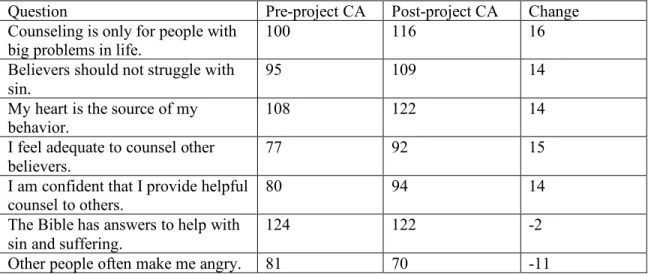
Would Do Differently
T-TEST RESULTS
The Christ-Centeredness of Biblical Counseling.” In Scripture and Counseling: God's Word for Life in a Broken World, edited by Robert W. Scripture Is Sufficient, But To Do What?” In Scripture and Counseling: God's Word for Life in a Broken World, edited by Robert W. Trust in God with All Your Heart: The Centrality of Faith in Christ to the Restoring of Human Functioning.” PhD diss., Southern Baptist.
This project aims to introduce leaders to biblical counseling at Mount Ararat Bible Church (MABC) in Northridge, California. The overall focus of the project was to introduce biblical counseling to those who did not know it, so that they would understand that God's Word offers help and hope for the sin and suffering that all people face in life.
